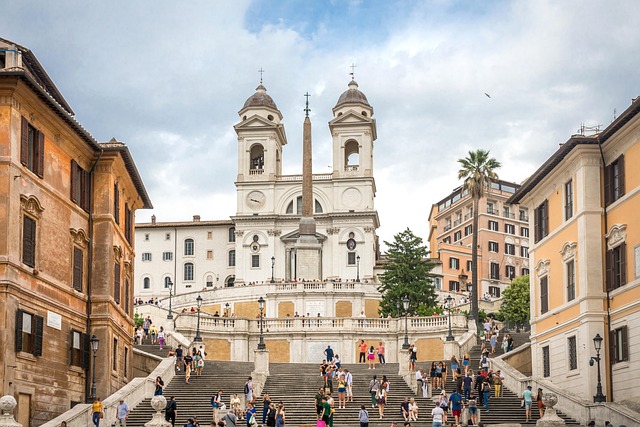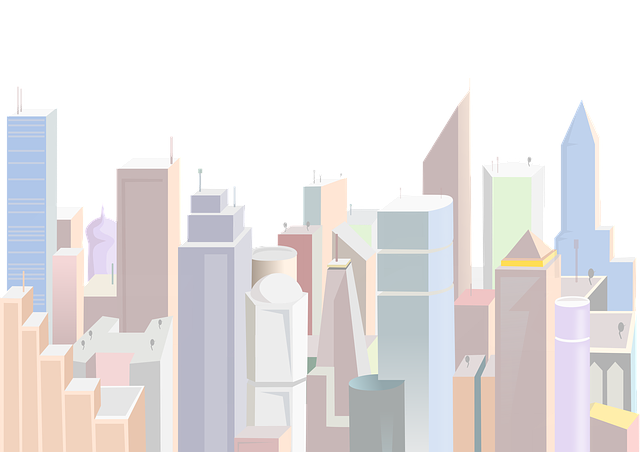
Karachi's Gulshan-e-Iqbal neighborhood has witnessed a remarkable evolution in public transport since the late 19th century, moving from horse-drawn carriages to modern buses, trams, and taxis. Despite infrastructure challenges, Karachi is enhancing its transport network with air-conditioned buses, BRT systems, and an expanding metro train network, reducing traffic congestion and promoting sustainable mobility. These advancements not only improve residents' well-being but also contribute to the city's environmental goals, setting Karachi as a regional leader in efficient urban transport.
Karachi’s Gulshan-e-Iqbal, a vibrant neighborhood, has witnessed a significant evolution in public transport over the years. This article explores the historical background of its transportation network, delving into the current state and challenges faced. From traditional modes to modern innovations, we analyze how these changes impact the community and environment. Discover the future prospects for efficient mobility in this bustling Karachi metropolis, where every journey tells a story of growth and development.
- Historical Background of Public Transport in Karachi's Gulshan-e-Iqbal
- The Current State: Challenges and Facilities
- Innovations and Future Prospects for Efficient Mobility
- Impact on Community and Environment
Historical Background of Public Transport in Karachi's Gulshan-e-Iqbal
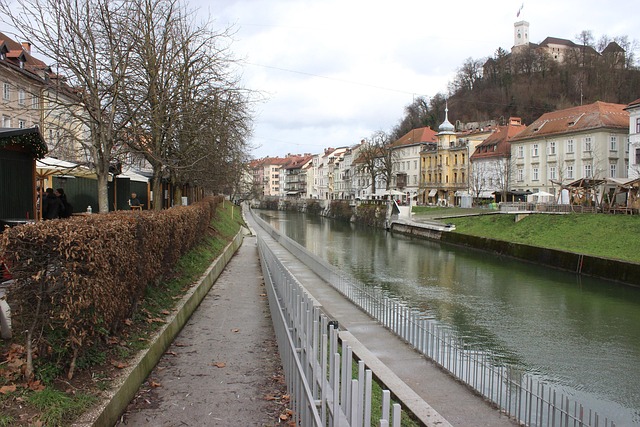
Public transport has played a pivotal role in shaping Karachi’s Gulshan-e-Iqbal, reflecting its evolution over time. Historically, this vibrant neighborhood, much like the rest of Karachi, relied heavily on horse-drawn carriages and manual transportation methods during the early 20th century. As the city began to industrialize and urbanize, the need for more efficient and organized public transit systems became increasingly apparent.
In response to this growing demand, the introduction of buses and electric trams in the late 19th and early 20th centuries marked a significant turning point. These innovations laid the groundwork for what would eventually become a robust network of public transport in Gulshan-e-Iqbal and Karachi at large. Over time, the system evolved to incorporate modern buses, minibuses, and, more recently, the iconic yellow taxi services that have become synonymous with Karachi’s bustling streets.
The Current State: Challenges and Facilities
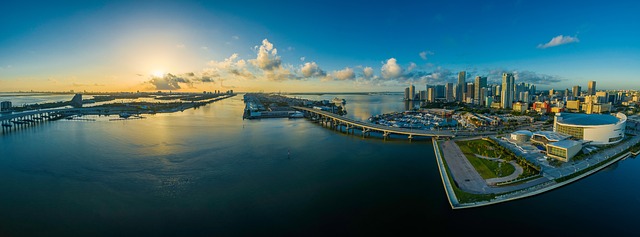
In Karachi, Gulshan-e-Iqbal, a vibrant and densely populated neighborhood, relies heavily on public transport to move its large population. However, the current state of public transportation in this area presents several challenges. The primary issue is the inadequate infrastructure; many routes lack proper bus stops or have poorly maintained facilities. This leads to congestion and makes it difficult for commuters to access reliable services. Despite these hurdles, various initiatives are underway to enhance the transport network.
Facilities like modern air-conditioned buses and enhanced bus rapid transit (BRT) systems are being introduced to improve the overall experience. These developments aim to provide faster, safer, and more comfortable travel options for the residents of Gulshan-e-Iqbal. The city’s efforts to integrate technology through digital ticketing and real-time tracking apps also offer promise, ensuring that commuters have better control over their journeys in this bustling part of Karachi.
Innovations and Future Prospects for Efficient Mobility
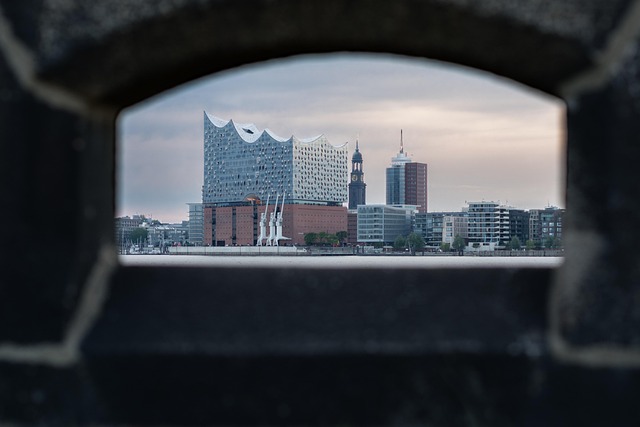
Gulshan-e-Iqbal, Karachi, has witnessed significant strides in public transport, laying the groundwork for future mobility innovations. The introduction of modern bus rapid transit (BRT) systems and an expanding network of metro trains have transformed travel across the city. These initiatives not only alleviate traffic congestion but also offer eco-friendly alternatives, reducing carbon emissions and contributing to a sustainable urban future.
Looking ahead, the prospects for efficient mobility in Karachi are promising. Smart technologies, such as real-time tracking and mobile ticketing, are poised to enhance passenger experiences. Additionally, the integration of electric vehicles (EVs) and shared mobility solutions could further revolutionize transportation, making it more affordable and accessible for all residents. With continuous investment and strategic planning, Karachi is positioned to become a model city for efficient and sustainable public transport in Pakistan.
Impact on Community and Environment

The implementation of efficient public transport systems in Karachi, such as those found in Gulshan-e-Iqbal, has a profound impact on both the community and the environment. By providing convenient and accessible mobility options, it reduces congestion on roads, leading to decreased traffic noise and air pollution levels. This improvement in air quality significantly enhances the overall health and well-being of residents.
Furthermore, an advanced public transport network encourages more people to leave their private vehicles at home, resulting in fewer carbon emissions and a reduced carbon footprint for the city. This shift can contribute to Karachi’s efforts towards becoming a more sustainable metropolis, addressing environmental concerns while fostering a sense of community by improving connectivity and accessibility across different areas.
Public transport in Karachi’s Gulshan-e-Iqbal has evolved over time, facing challenges but also witnessing innovations. The current state highlights the need for improved infrastructure and efficient services. By leveraging technological advancements and sustainable practices, the future prospects look promising, offering enhanced mobility options for the community. This transformation not only benefits residents’ daily commutes but also positively impacts the environment, making Gulshan-e-Iqbal a model for urban transportation in Karachi.

